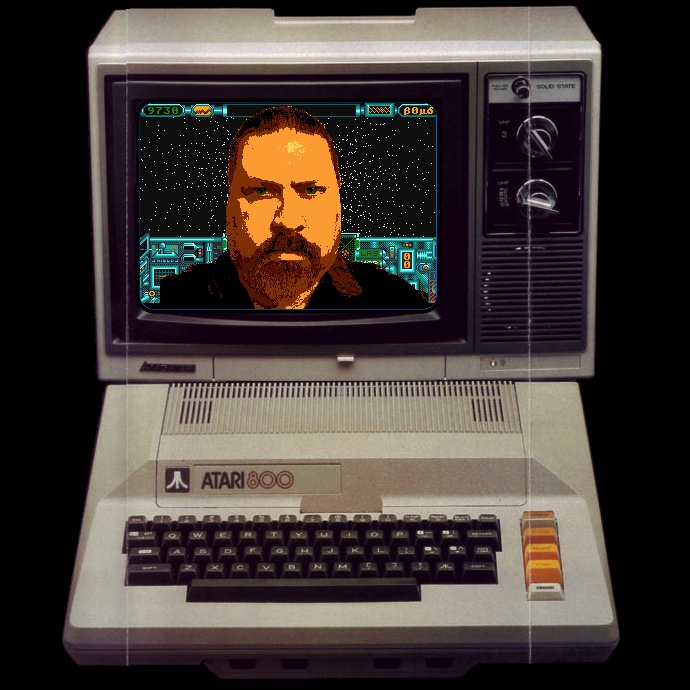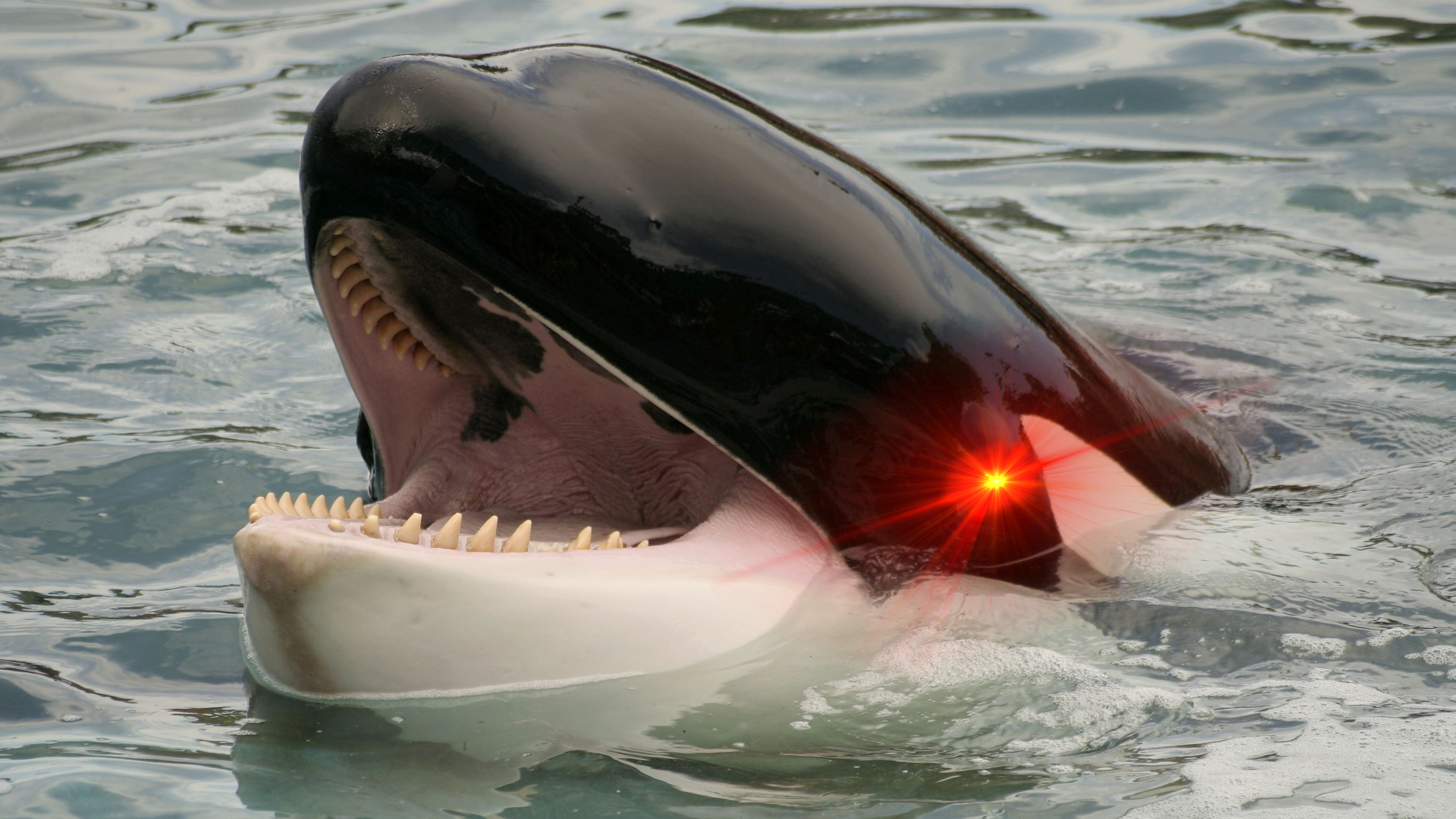I don't really know how to structure this question, but yeah, why is always Naval and never Aviation?
The purpose of Air Force is to monitor the skies, project power at a distance, and provide air superiority.
The purpose of Navy is to put a floating fortress off your shore and bombard your cities, carry around materiel, men, and aircraft, and patrol a vast volume of ocean.
So Navy structures fit the mission better, and this has been true since early SF.
Space warfare is much closer to naval warfare on Earth, so naval tactics and strategies are more transferable when applied to space. For example: taking weeks to maneuver, and firing at your opponent 100,000 of kms away.
Air sorties are typically completed within hours, because it is ultimately limited by the fuel they can carry.
In the US at least, Air Force officer ranks match the Army and Marines. Sci fi tends to use those ranks for ground fighting teams.
Ship structure makes sense for a large ship. There is no similar aviation structure, the guy ultimately in charge is the aircraft is the pilot in command, generally the one flying the aircraft.
Some technical terms make more sense too. A hull is watertight, it translates well to a ship in space. A fuselage is describing the shape of the main body of an aircraft.
Naval terminology is cooler.
"I'm the Captain of the USS Enterprise."
Vs
"I'm the Colonel of the Exploration/Reconnaissance/Fighter craft Enterprise."
I gotta imagine that each planet in a sci fi setting would have its oen airforce, where as the compasion of space to a vast ocean makes sense for the organization tasked with patroling it.
You'll sometimes see aviation terms for the little fighters that launch from the larger ships, like in macross. I think it's a matter of scale, really. An airplane will usually have single digit crew, maybe double digit. A warship will have hundreds, and the bigger the ship the more the crew.
I wonder if it has much to do with the USAF being a relatively new service with a proportional cultural impact, coming into being as a service in 1947. Up until then, combat aviation was subordinate to the Army and Navy. This would point to a preponderance of Army/Navy WWII vets among the show's consultants and audience.









